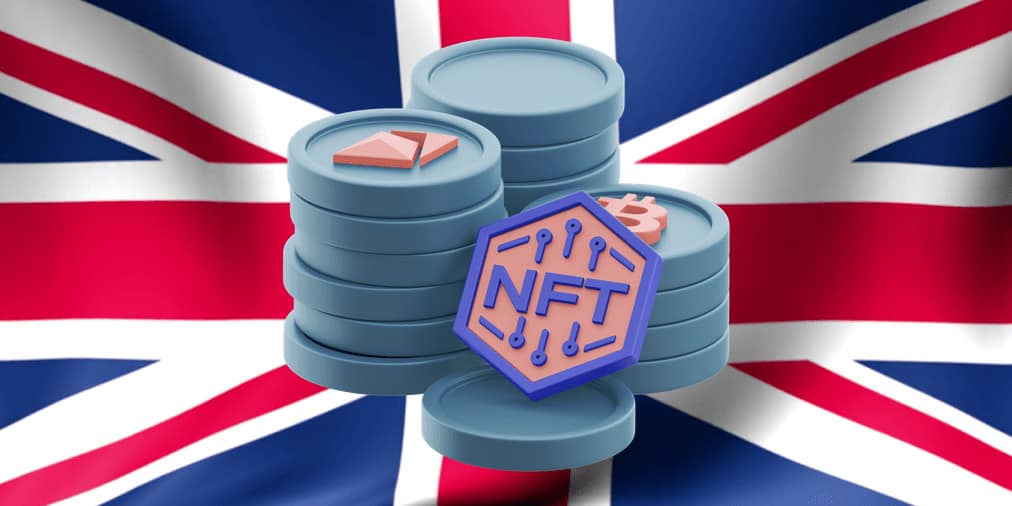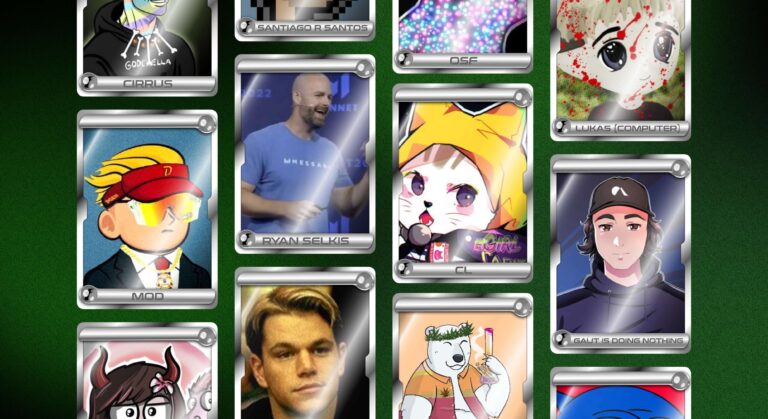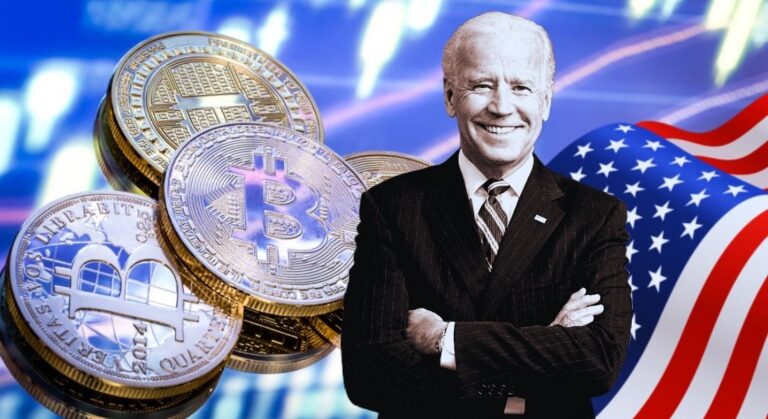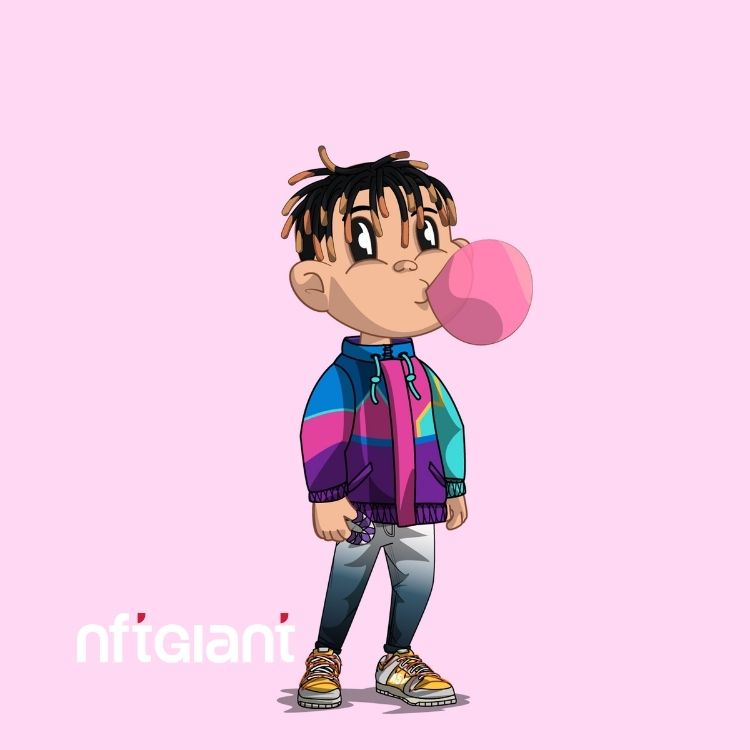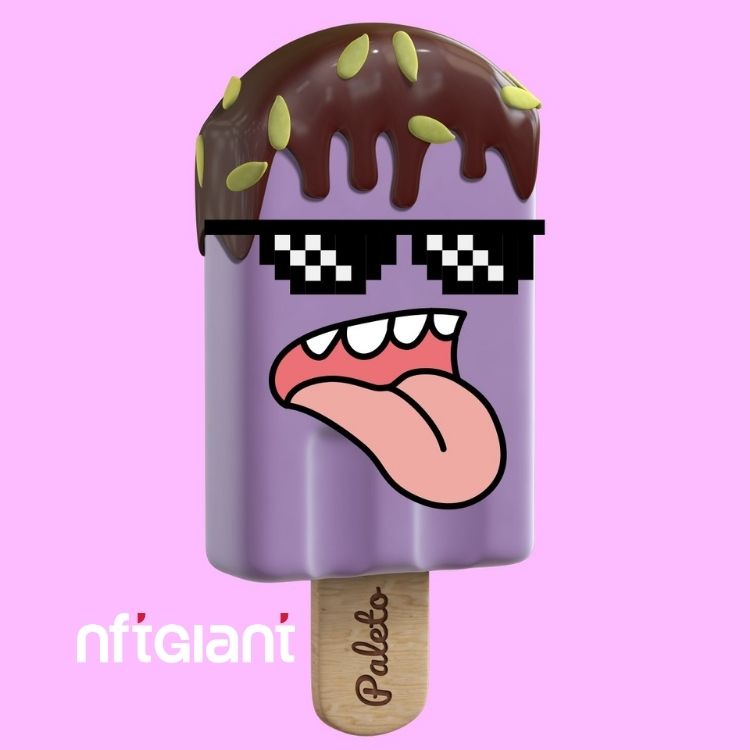In recent years, non-fungible tokens (NFTs) have taken the world by storm, creating a digital frenzy in the art and collectibles market. With the ability to verify ownership and uniqueness, these tokens have become a popular investment choice for many.
However, the Royal Mint’s plans to launch their own NFT, the Royal Mint Produced Token, were recently dropped by the UK government, sparking controversy and disappointment among crypto enthusiasts.
The Royal Mint, which has been producing coins for over a thousand years, announced in 2020 that it planned to create a digital version of its coins as NFTs.
Why did the UK Cancel the Royal Mint’s NFT Due to Environmental and Consumer Concerns?
Contents
The aim was to attract younger customers and create a new revenue stream for the organization. The Royal Mint Produced Token would have been backed by physical gold and silver held in the mint’s vaults, providing investors with a unique investment opportunity.
However, the UK government recently announced that it was dropping the plans for the Royal Mint Produced Token. The reasons cited were concerns about the environmental impact of NFTs, as well as potential risks to consumers.
While the Royal Mint’s plans were ambitious, the government’s decision highlights the need for regulation and careful consideration around the use of NFTs.
NFTs have exploded in popularity in recent years, with sales reaching a record $2.5 billion in the first half of 2021 alone.
However, concerns have been raised about the environmental impact of NFTs, as the process of creating and trading these tokens requires a significant amount of energy.
The Potential of NFTs Backed by Physical Assets and Their Integration in Gaming
The Royal Mint’s plans to create NFTs backed by physical assets like gold and silver were seen as a way to address these concerns, as they would have provided a tangible and secure investment opportunity.
While the Royal Mint Produced Token will not be launched, the idea of creating NFTs backed by physical assets is still an attractive one for many investors.
It allows for a level of security and transparency that is not always present in the world of NFTs. With the rise of digital assets and the increasing interest in alternative investments, it is likely that we will see more innovative uses of NFTs in the future.
One potential use of NFTs that has gained traction is in the world of gaming. With the rise of blockchain technology, many games are now integrating NFTs as a way to provide players with unique in-game items that can be bought and sold.
These items can also be traded across different games, creating a new market for virtual assets.
In addition to gaming, NFTs are also being used in the art world, with many artists selling digital artwork as NFTs.
NFTs: Opportunities, Concerns, and the Future Outlook
This has created a new market for digital art, which was previously difficult to monetize. NFTs allow artists to verify ownership and uniqueness, and provide collectors with a way to invest in digital art.
Despite the potential benefits of NFTs, concerns around their environmental impact and potential risks to consumers cannot be ignored. The energy required to create and trade NFTs is significant, and the lack of regulation in the market has led to instances of fraud and scams.
The UK government’s decision to drop the plans for the Royal Mint Produced Token highlights the need for responsible use of NFTs and regulation to protect consumers.
In conclusion, the Royal Mint’s plans for the Produced Token may have been dropped, but the potential of NFTs backed by physical assets remains an attractive prospect for many investors.
As the world of digital assets continues to evolve, it is likely that we will see more innovative uses of NFTs in the future.
So, we hope you enjoy the content, if you’re new to the Nft world then we highly suggest you follow Nft Giant to learn everything about the crypto world and stay up to date about Crypto news.
See you in the next important news!

